Fiberglass, which is also the term commonly used for fiberglass reinforced plastic, has many benefits when compared to alternatives like aluminum and wood. The thin fibers of glass that form the reinforcing cloth are actually stronger than steel and much lighter. It also resists rust and erosion much better than aluminum. In aquatic applications like boat hulls, fiberglass resin lasts much longer than wood, which deteriorates quickly when wet. It won’t scratch and is chemically resistant, making it a popular material for go-cart and racecar shells, storage tanks and automotive parts.
Once the molten glass has been extruded into fine threads, they are either woven into mats and fabric, or spun into wool. To make wool out of glass, the glass is pushed through a rapidly spinning container. When they are pushed through little holes, a hot gust of air or gas converts the threads into fibers. The fibers are interlaced with each other, resulting in a mound of fleecy material. When molding fiberglass, the process differs a bit after the glass fibers are made. Instead of wool, they are woven into a fabric-like mat or chopped into shorter pieces. Various protective coatings and plastic resin layers are added to the glass cloth and then molded into a specific shape. The fiberglass resin material is also sometimes applied onto other materials to create an airtight and protective layer.
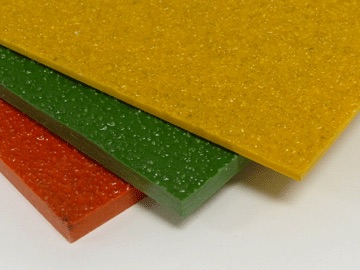 Fiberglass Fabricators
Fiberglass Fabricators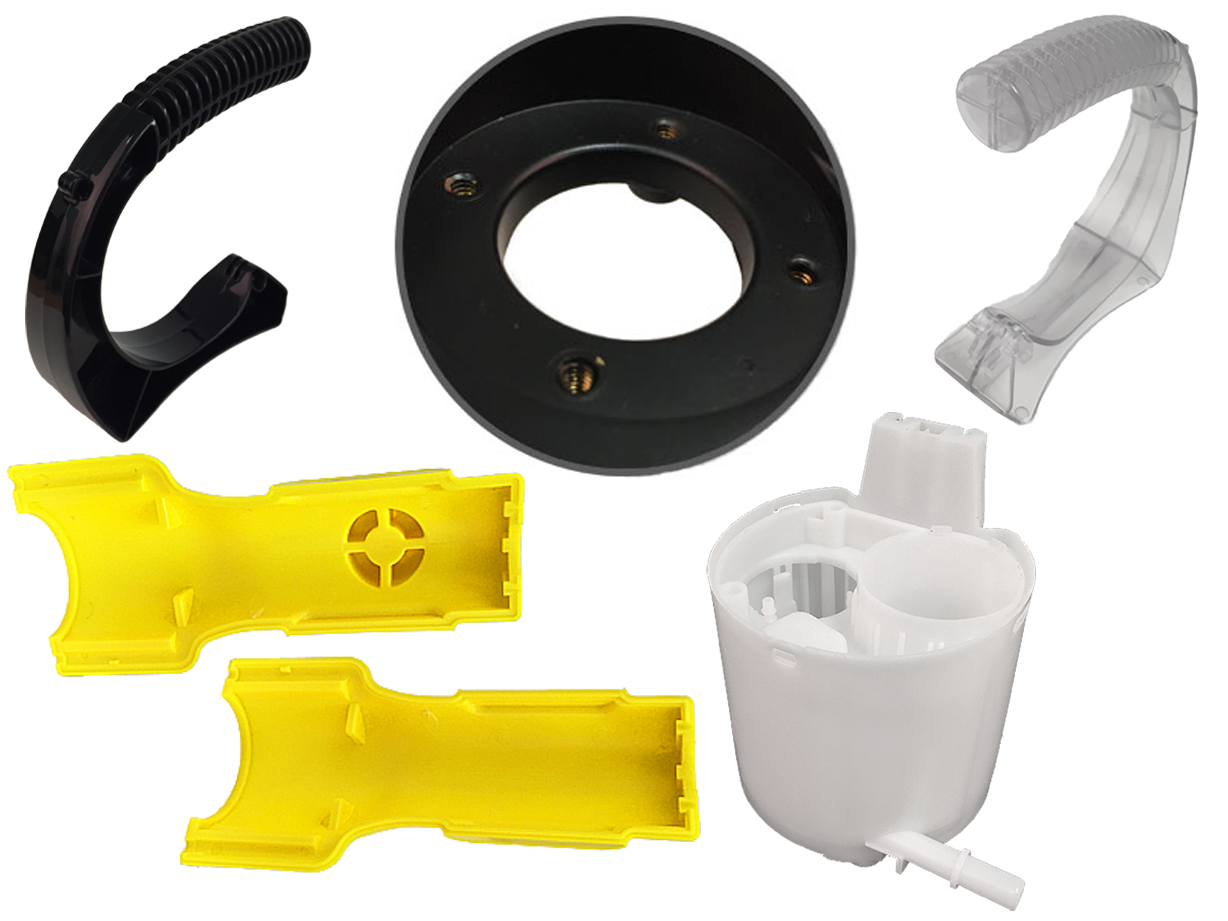 Injection Molded Plastics
Injection Molded Plastics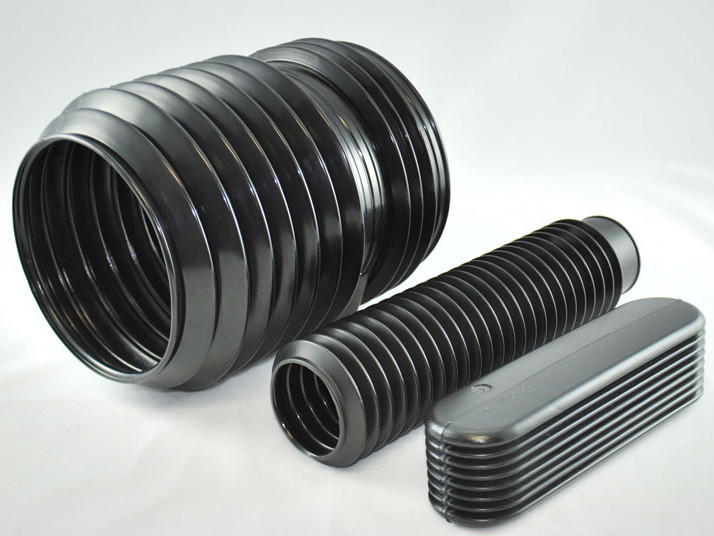 Plastic Blow Molding
Plastic Blow Molding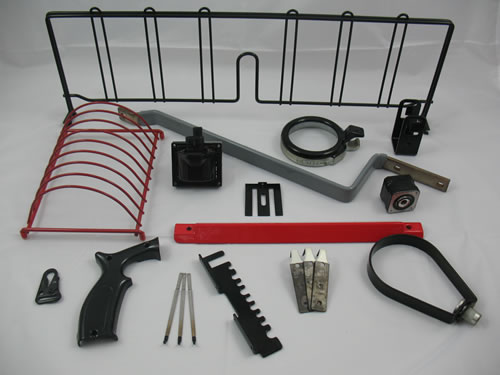 Plastic Dip Molding
Plastic Dip Molding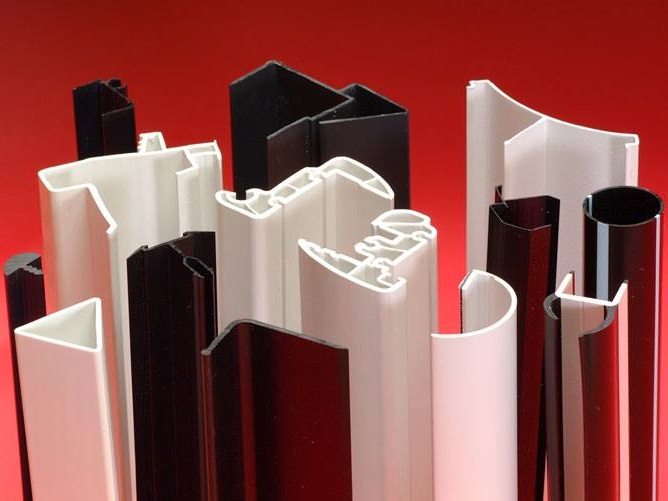 Plastic Extrusions
Plastic Extrusions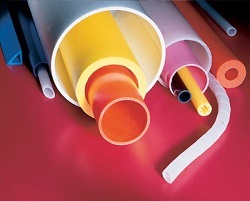 Plastic Tubing
Plastic Tubing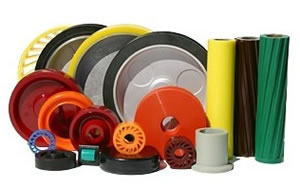 Polyurethane Molding
Polyurethane Molding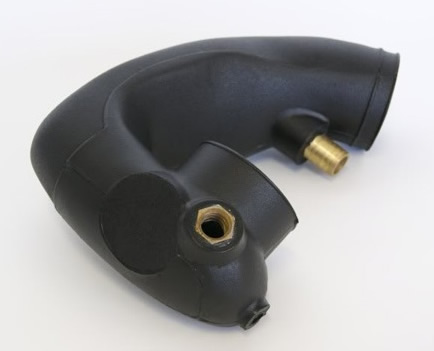 Rotational Molding
Rotational Molding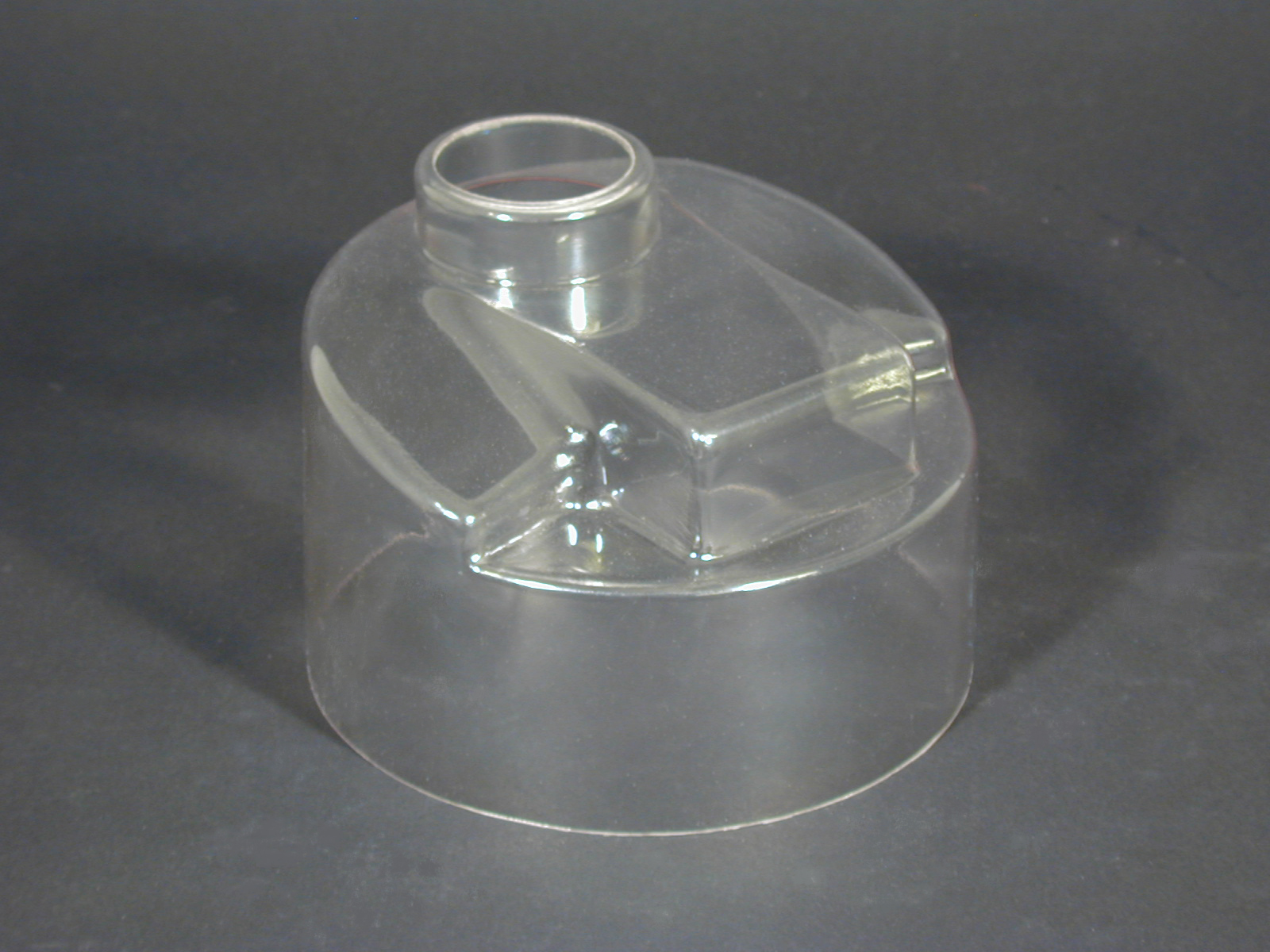 Vacuum Forming
Vacuum Forming Castings & Forgings
Castings & Forgings Bulk Material Handling
Bulk Material Handling Electrical & Electronic Components
Electrical & Electronic Components Flow Instrumentation
Flow Instrumentation Hardware
Hardware Material Handling Equipment
Material Handling Equipment Metal Cutting Services
Metal Cutting Services Metal Forming Services
Metal Forming Services Metal Suppliers
Metal Suppliers Motion Control Products
Motion Control Products Plant & Facility Equipment
Plant & Facility Equipment Plant & Facility Supplies
Plant & Facility Supplies Plastic Molding Processes
Plastic Molding Processes Pumps & Valves
Pumps & Valves Recycling Equipment
Recycling Equipment Rubber Products & Services
Rubber Products & Services